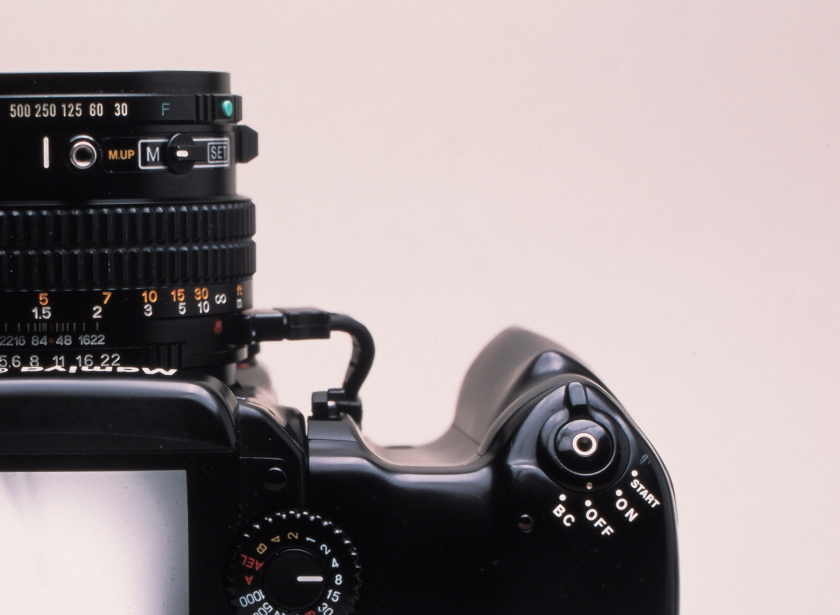Smooth Configuration
 The goal of
configuration
is to set up your equipment and your mental plan for smooth engagement before
you arrive at the location you will shoot from.
The goal of
configuration
is to set up your equipment and your mental plan for smooth engagement before
you arrive at the location you will shoot from.
Every change in configuration prompts you to answer one or more questions and is a way of making decisions ahead of time. The following examples are based on my experience with a modular film SLRs, but the idea is the same for any camera: changing settings and connecting components cannot be done quickly.
What you can do is plot a course, take notes, make choices and configure your gear in advance.
Components
Before you get to settings there is the question of what components are connected to the camera:
| Lens | Maximum f/stop, focal length, near-focus distance |
| Accessories | tripod plate, shutter release cable |
| Weight & Size | Power winder, lens hood, |
| Flash | PC cords or wireless trigger |
| Metering | Incident meter, spot meter, digital camera |
The first step to configuration is to limit what you bring, and to commit to finding the right way to work with a bounded set of options. Each time you add or change a component you have an opportunity to sort our more assumptions and perhaps change your mind about your final approach.
Camera Settings
| Exposure & DOF | shutter speed, aperture |
| Film ready | wound to frame 1, dark slide out |
| Reminders | film type visible, ISO dial set |
Even in situations where the lighting is variable, set aperture and shutter to a sane default. Sometimes you start with minimums, for example I know I need a shutter speed of 1/125 if hand-holding the camera, or f/8 to gain sufficient depth of field if the subjects are in close range.
Here you are trying to achieve a coherent state. It probably doesn't make sense to insert new film without advancing it to the start frame. Moving the dark slide is also easy, and will probably save you from a missed shot.
If you have more than one film back, or more than one camera it is important to insert a card noting the film you are using. This will save you from some tragic mistakes. Even if you don't an AE prism, setting the ISO dial serves as a helpful reminder about how much, if any, push processing we intend to employ.
Focus, Layout, and Lights
It took me more than a year with a manual focus camera to realize that focus can be set as soon as you set down your tripod. It is often the case that you know approximately how far your subject will be! Start with an estimate you will be nearly ready.
Take this one step further and bring a tape measure to measure with. The distance scales on manual focus lenses also provide a way to double-check yourself after further adjustments by eye.
If I know anything about the environment, I put it down on paper using a scale drawing. With a drawing in hand I can go ahead an set some reasonable defaults for my speedlights such as the power level, zoom, and sync method (PC cord or optical slave). If I end up task saturated I still stand a chance at succeeding because I only need to make one or two final adjustments based on the plan in front of me.